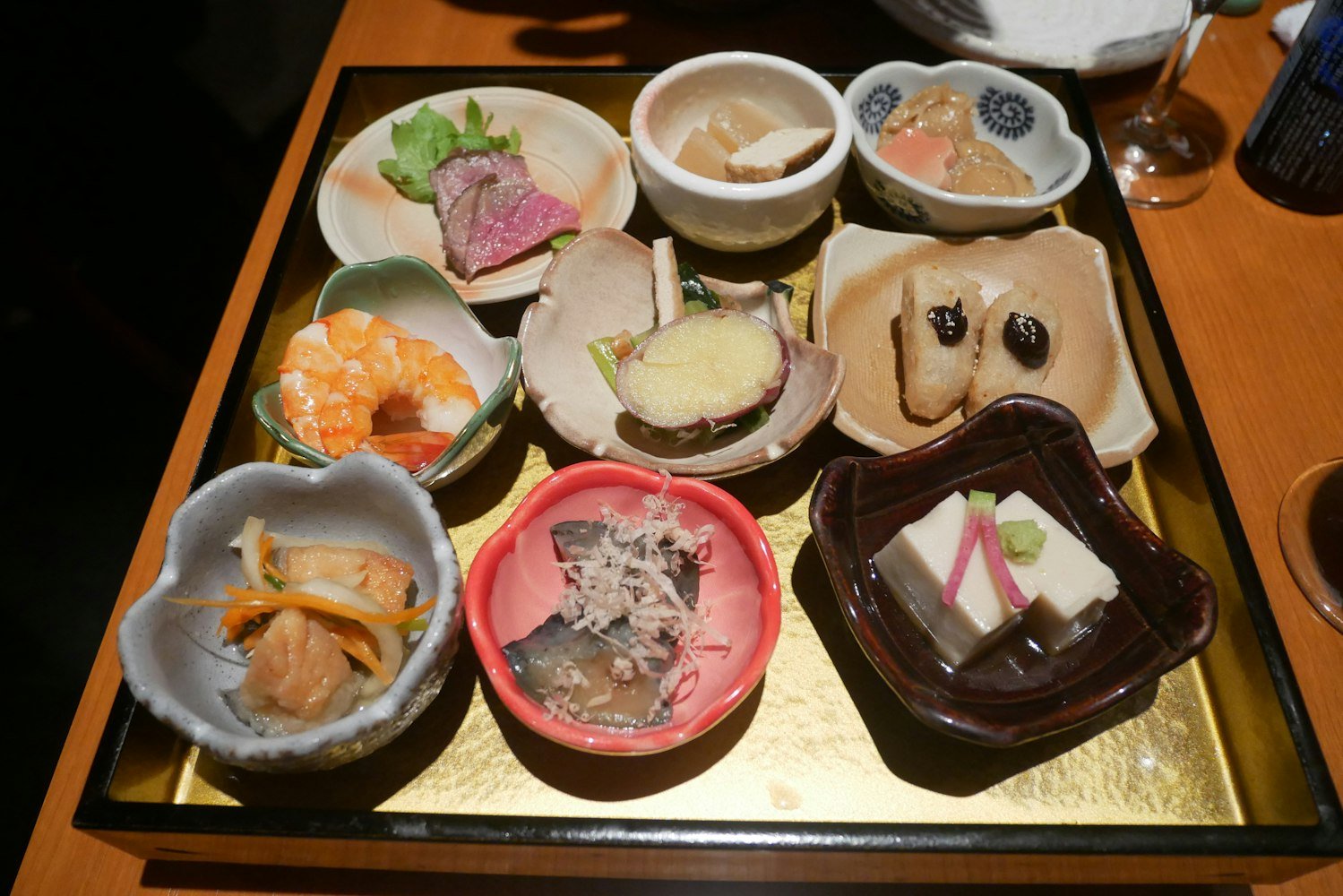
Introduction to Yakimono: The Art of Japanese Grilled Cuisine
Yakimono, the traditional Japanese method of grilling, showcases the essence of simplicity and the purity of flavors. This culinary art emphasizes the natural taste of ingredients, elevated through meticulous grilling techniques. In this article, we delve into the delicious world of Yakimono, exploring its history, techniques, and delectable dishes.
A Brief History of Yakimono: From Ancient Roots to Modern Plates
Yakimono has ancient roots, tracing back to the Heian period (794-1185). Originally a method to preserve food, grilling evolved into a cherished culinary tradition. Over centuries, Yakimono techniques refined, incorporating influences from different regions and eras, ultimately shaping the diverse and exquisite grilled dishes we enjoy today.
Essential Ingredients in Yakimono Cooking
Yakimono relies on a few high-quality ingredients, allowing their natural flavors to shine. Key components include fresh seafood, succulent meats, and seasonal vegetables. Common ingredients like soy sauce, sake, and mirin are used in marinades, enhancing the umami essence of the dishes.
Traditional Yakimono Techniques: Grilling to Perfection
Grilling in Yakimono involves precise techniques to achieve perfect texture and flavor. Ingredients are often skewered and cooked over charcoal, imparting a unique smokiness. Careful attention to temperature and timing ensures that each piece is grilled to perfection, with a slightly charred exterior and tender interior.
Popular Yakimono Dishes You Must Try
Some popular Yakimono dishes include yakitori (grilled chicken skewers), saba shioyaki (grilled mackerel with salt), and ebi (grilled shrimp). Each dish showcases the versatility of grilling, transforming simple ingredients into extraordinary culinary delights.
How to Choose the Best Fish for Yakimono
Selecting the right fish is crucial for Yakimono. Opt for firm, fresh fish like mackerel, sea bass, or salmon. The freshness of the fish directly impacts the flavor and texture of the grilled dish, making it essential to choose the best quality available.
Mastering the Grill: Tips for Perfect Yakimono at Home
Grilling Yakimono at home requires practice and attention to detail. Use a traditional Japanese grill, or hibachi, for authentic results. Preheat the grill, maintain consistent heat, and turn the skewers regularly for even cooking. Marinating the ingredients beforehand enhances the flavor and tenderness.
The Role of Marinades and Sauces in Yakimono
Marinades and sauces are vital in Yakimono, infusing ingredients with rich flavors. Common marinades include combinations of soy sauce, sake, mirin, and ginger. Sauces like tare (a sweet soy-based sauce) are brushed on during grilling, adding a glossy finish and depth of flavor.
Vegetables on the Grill: Yakimono Beyond Meat and Fish
Yakimono is not limited to meat and fish; vegetables play a significant role in this culinary tradition. Grilled mushrooms, bell peppers, and eggplants are popular choices, often basted with soy-based sauces or simply seasoned with salt, highlighting their natural sweetness.
Exploring Regional Variations of Yakimono Across Japan
Different regions in Japan have their unique takes on Yakimono. In Kansai, for instance, grilled eel (unagi) is a specialty, while in Hokkaido, fresh seafood like scallops and squid are commonly grilled. Exploring these regional variations offers a deeper appreciation of Yakimono’s diversity.
Pairing Yakimono with Sake: A Match Made in Culinary Heaven
Yakimono pairs beautifully with sake, Japan’s traditional rice wine. The subtle flavors of sake complement the grilled dishes, enhancing the overall dining experience. Choosing the right sake—whether a light, floral Junmai or a rich, full-bodied Daiginjo—can elevate the flavors of Yakimono.
Health Benefits of Eating Yakimono
Yakimono is not only delicious but also healthy. Grilling allows excess fat to drip away, resulting in leaner dishes. The use of fresh, high-quality ingredients ensures that meals are nutritious and packed with essential vitamins and minerals, making Yakimono a wholesome dining option.
Yakimono in Japanese Culture: Festivals and Traditions
Yakimono is deeply embedded in Japanese culture, often featured in festivals and celebrations. During summer festivals, street vendors grill various Yakimono dishes, filling the air with enticing aromas. These gatherings highlight the communal and celebratory aspects of this culinary tradition.
Yakimono Dining Etiquette: How to Enjoy Like a Local
When dining on Yakimono, following Japanese etiquette enhances the experience. Use chopsticks to handle skewers, and savor each bite slowly. It’s customary to offer a toast with sake before starting the meal. Respecting these traditions adds to the enjoyment and appreciation of Yakimono.
The Rise of Yakimono in Global Cuisine
Yakimono has gained popularity worldwide, with many international chefs incorporating Japanese grilling techniques into their menus. This global appreciation for Yakimono has led to innovative fusion dishes, blending traditional Japanese flavors with local ingredients and culinary styles.
Must-Visit Yakimono Restaurants Around the World
For an authentic Yakimono experience, several renowned restaurants around the world are worth visiting. These establishments, from high-end Tokyo eateries to hidden gems in global cities, offer expertly grilled dishes that capture the essence of this Japanese culinary art.
Creating a Yakimono Menu for Your Next Dinner Party
Planning a Yakimono-themed dinner party can be a delightful experience. Curate a menu featuring a variety of grilled dishes, complemented by traditional side dishes like miso soup and rice. Pair the meal with a selection of sake or Japanese beer for an authentic dining experience.
Exploring Seasonal Yakimono: What’s Best When
Yakimono embraces seasonal ingredients, ensuring that dishes are fresh and flavorful. Spring and summer bring an abundance of vegetables and seafood, while autumn and winter are perfect for heartier meats and root vegetables. Understanding seasonal availability enhances the Yakimono experience.
Understanding the Tools: Grills, Skewers, and More
The right tools are essential for mastering Yakimono. Traditional Japanese grills (shichirin or konro), bamboo skewers, and wire mesh grates are commonly used. Investing in these tools can help recreate the authentic flavors and textures of Yakimono at home.
The Future of Yakimono: Innovations and Trends in Grilled Japanese Cuisine
As Yakimono continues to evolve, new trends and innovations emerge. Modern chefs experiment with fusion flavors, sustainable ingredients, and advanced grilling techniques. These innovations keep Yakimono exciting and relevant, ensuring that this ancient culinary art continues to captivate food enthusiasts worldwide.
Exploring the world of Yakimono offers a fascinating glimpse into Japanese culture and cuisine. Whether you’re a seasoned chef or a curious food lover, there’s always something new to discover in the delicious realm of grilled Japanese delights.
Conclusion
Exploring the world of Yakimono reveals a rich tapestry of Japanese culinary tradition, where simplicity and precision transform fresh ingredients into grilled masterpieces. From its ancient roots to modern innovations, Yakimono offers a delightful journey for both the palate and the soul. Whether enjoyed in a traditional setting or recreated at home, the essence of Yakimono lies in its celebration of natural flavors, cultural heritage, and the communal joy of sharing a delicious meal. Read More…






